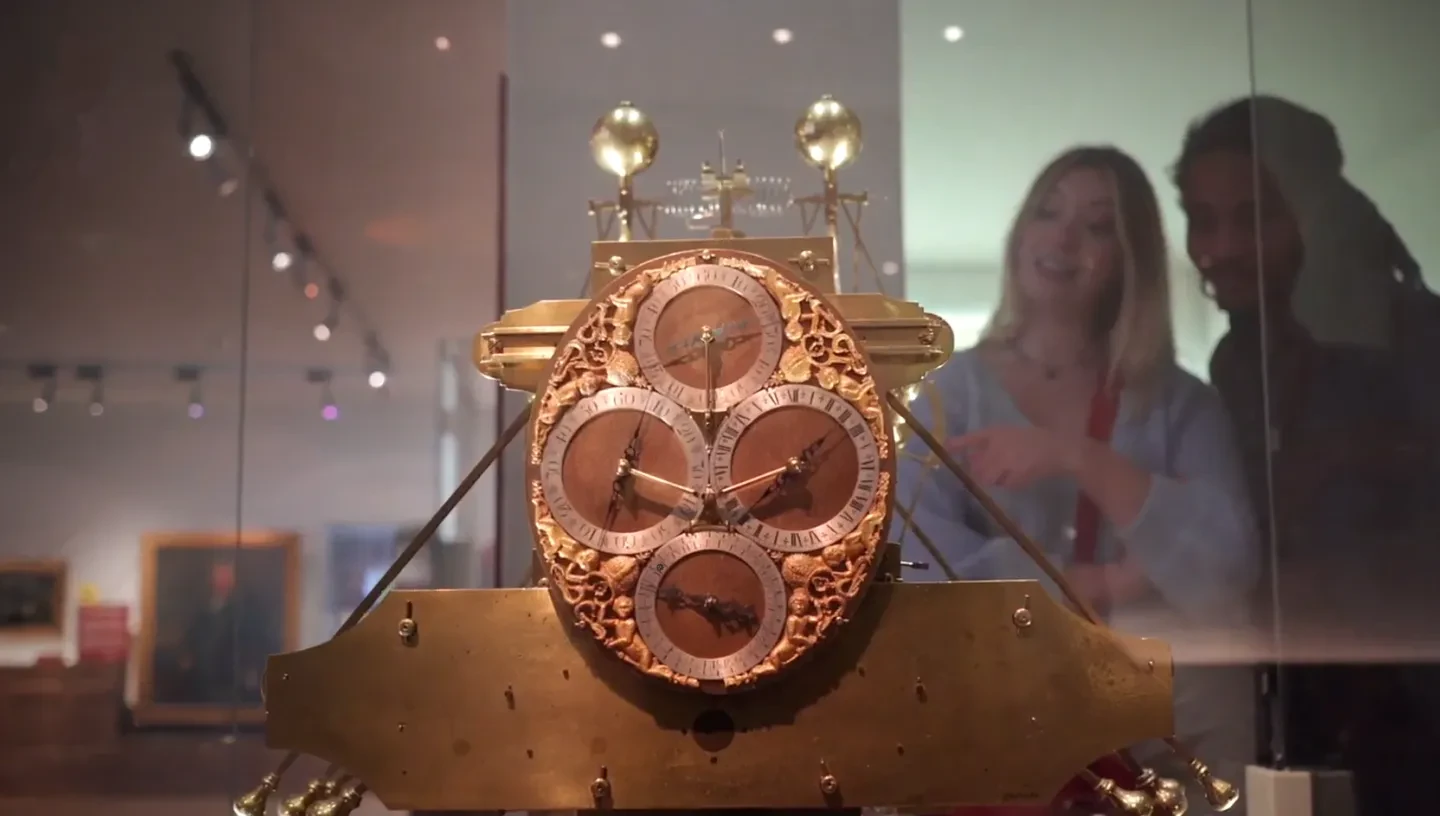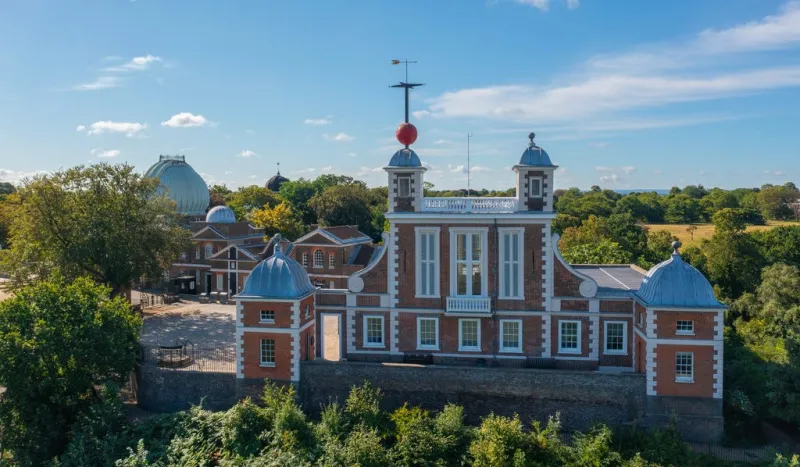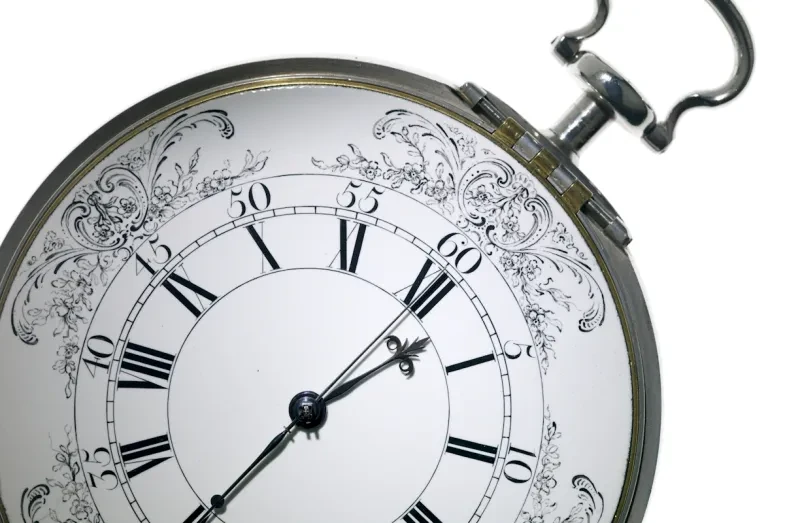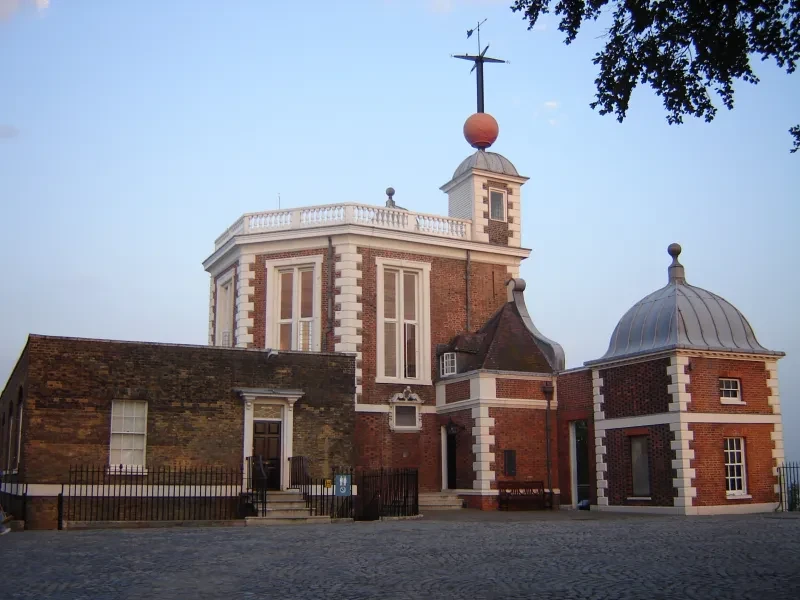
Essential information
| Location | |
|---|---|
| Price | Included with entry to the Royal Observatory |
| Free entry for Members. Not a Member? Join now |
Inside the gallery
Time and Longitude tells the story of the quest to find longitude at sea in the age before satellite navigation, and showcases Harrison's celebrated sea clocks.
At sea, navigation is a matter of life and death. Out of sight of land, how can you tell where you are?
- Explore displays of scientific objects, paintings and animations, and learn about the different solutions astronomers and mathemticians developed
- See the world famous Harrison clocks, developed by John Harrison as a solution to the Longitude problem
- Learn about Nevil Maskelyne, the fifth astronomer royal, and his solution based on observations of the sky.

Solving the Longitude problem
By 1700, skilled seamen could find their position north or south (their latitude), but still lacked accurate instruments or methods to calculate their east-west position, known as longitude.
With growing international trade, the lives and valuable cargoes lost in shipwrecks made solving this problem of longitude urgent for all sea-going nations.
For generations the longitude problem taxed the world's greatest scientific minds, including Galileo Galilei and Isaac Newton, and led to the foundation of the Royal Observatory.

Harrison's iconic timekeepers
John Harrison's H4 is the most important timekeeper ever made. It is the machine that helped solve the problem of keeping accurate time at sea and finally won Harrison huge rewards from the Board of Longitude and the British Government. H4's high-energy watch balance was less affected by the movement of a ship and was the design breakthrough that Harrison needed. He believed his fourth timekeeper was the most perfect and beautiful machine ever constructed. H4's predecessors H1, H2 and H3 are all also on display in Time and Longitude.










